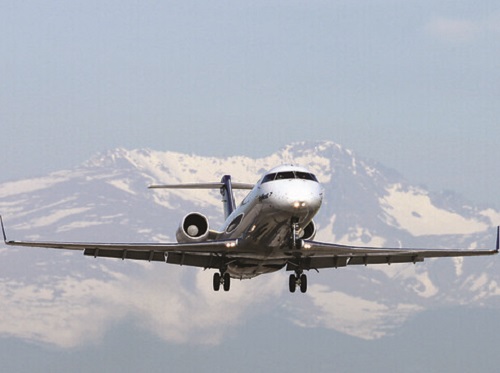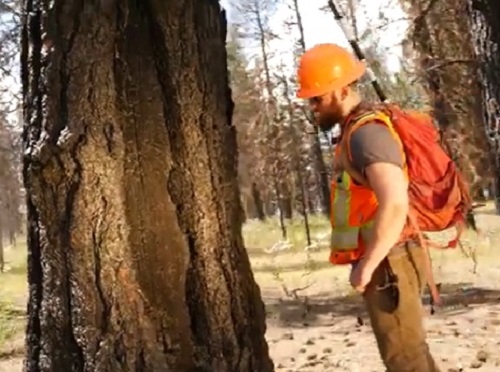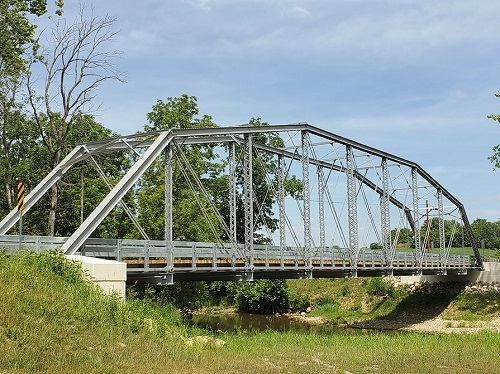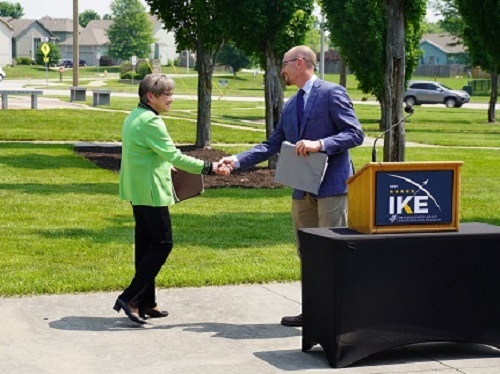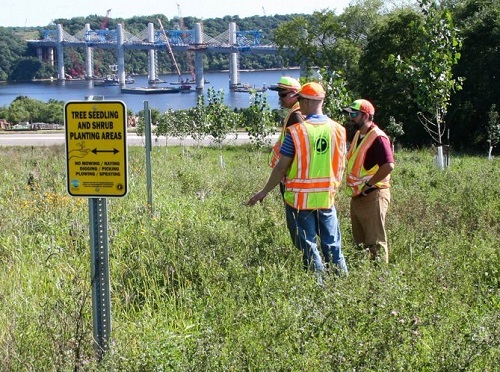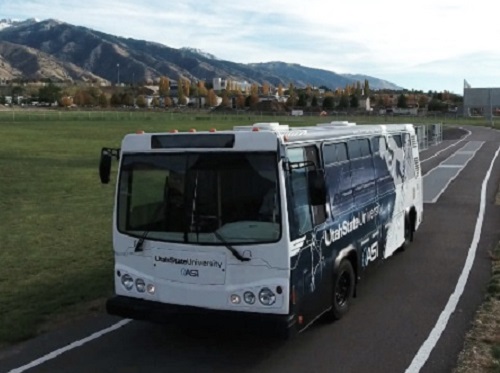FEDERAL ACTION
U.S. Logistics Networks Seek to Boost Resilience -AASHTO Journal
Major U.S. cities leading in transit electrification -Mass Transit
EPA Finalizes New Renewable Fuel Standards to Strengthen U.S. Energy Security, Support U.S. Rural Economy, and Expand Production of Low-Carbon Fuels -EPA (media release)
Federal agencies must do more on sustainability -Federal News Network (commentary)
NEPA
Get to Know NEPA and Get Federal Infrastructure Projects Moving -National League of Cities
INFRASTRUCTURE RESILIENCE AND SUSTAINABILITY
Cost of EV Charging Stations Comes Up in Delaware DOT Budget Talks -Town Square Live
Environmental groups in New York push to save offshore wind plan -Spectrum News 1
Buying renewable energy doesn’t mean what you think -Washington Post
Iowa DOT Wins 2022 Perpetual Pavement Award -Iowa DOT (media release)
New book on parking is just the ticket -NJ.com (opinion)
AIR QUALITY
Utah kicks off 2023 ‘Clear the Air’ Challenge -Utah News Connection
How cities can better confront climate change -WBUR Radio
What is ground-level ozone? The latest air quality warning, explained -Minnesota Reformer
NATURAL RESOURCES
AASHTO Re:source Podcast: Soil Sampling Insights -AASHTO Journal
TxDOT Rail Inspectors Battle Heat and Rattlesnakes -AASHTO Journal
Invasive species treatment at Iowa Great Lakes was a success -Iowa Capital Dispatch
How oysters are helping protect Apalachicola’s vulnerable shoreline –International Coalition for Sustainable Infrastructures
Kansas City riverfront cleanup is now in the hands, uh, mouths of these new workers -Kansas City Star
CTDOT Celebrates National Pollinator Week -Connecticut DOT (media release)
CULTURAL RESOURCES
INDOT Drones Help Prepare Grist Mill for Renovation -AASHTO Journal
The I-95 Live Cam In Philadelphia Is The Sleeper Hit Of The Season -Philadelphia Inquirer
Under a Denver Highway, Artists Find Space for the Surreal –CityLab
Taylor Swift is an unlikely public transit icon –CNN
Rick Steves Talks Walkable Cities -Public Square
NY Governor Announces Opening of High Line-Moynihan Connector on Manhattan’s West Side -NY State Governor’s Office (media release)
HEALTH AND HUMAN ENVIRONMENT/ACTIVE TRANSPORTATION
LA considers car-free streets and pedestrian “superblocks” through Park Block Pilot -KNBC-TV
Student aims to help make pedestrians and cyclists safer -Furman University
Pedestrian fatalities mark grim milestone, safety group projects in new report -Detroit Free Press
Connecticut offering vouchers for residents to buy e-bikes -New Haven Independent
Pedestrians occupying bike lanes on Oahu raising safety concerns -KHNL/KGMB-TV
Nearly One Hundred Miles of New Greenway Trails Opened for Public Use Across New York since 2021 -New York State Office of Parks, Recreation and Historic Preservation (media release)
TRB RESOURCES/ANNOUNCEMENTS
To Mark National Pollinator Week, National Academies Offer Sustainable Solutions to Restore and Protect Critical Species -National Academies
Strategies to Address Homelessness at Airports –ACRP
DOE Announces Over $17 Million for University-Led Projects Supporting Decarbonization and Net-Zero Greenhouse Gas Emissions -DOE (media release)
FEDERAL REGISTER NOTICES
Exemption From Operating Authority Regulations for Providers of Recreational Activities -Federal Motor Carrier Safety Administration (Notice of proposed rulemaking)
Environmental Management Site-Specific Advisory Board, Northern New Mexico -DOE (Notice of open meeting)
Inland Waterways Users Board Meeting Notice -Army Corps of Engineers (Notice)
Request for Project Proposals Pursuant to Section 165 of the Water Resources Development Act of 2020, Pilot Program for Continuing Authority Projects in Small or Disadvantaged Communities -Army Corps of Engineers (Notice)
Endangered and Threatened Wildlife and Plants; Revision of Regulations for Interagency Cooperation -Fish and Wildlife Service & NOAA (Proposed rule; request for comment)
National Emission Standards for Hazardous Air Pollutants: Reciprocating Internal Combustion Engines and New Source Performance Standards: Internal Combustion Engines; Electronic Reporting –EPA (Proposed rule)

